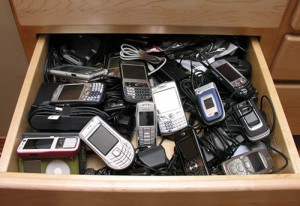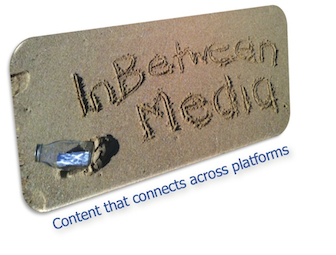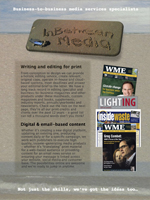 Telstra has unveiled its new Electronics Reuse and Recycling Strategy, which aims to tackle Australia’s fastest growing waste problem – end-of-life electronics – or e-waste.
Telstra has unveiled its new Electronics Reuse and Recycling Strategy, which aims to tackle Australia’s fastest growing waste problem – end-of-life electronics – or e-waste.
E-waste has grown significantly in recent years, with the volume of end-of-life electronics worldwide expected to jump 33% to 65.4 million tonnes annually by 2017. At the same time, raw materials used in the manufacture of electronic products have become more expensive.
This has created a new opportunity for Telstra to unlock hidden value by keeping resources in use for as long as possible, as well as recovering, reusing and recycling products at the end of their life.
As part of the strategy, Telstra will not only build on its existing recycling solutions, but embed a whole-of-life and collaborative approach that seeks to reduce the generation of e-waste across the supply chain.
Telstra chief sustainability officer, Tim O’Leary said the strategy aims to increase Telstra’s collection rate of old mobiles to 33% by 2020 from a 2016 baseline, and also strengthen community awareness on options for reuse and recycling of devices.
O’Leary said the common barriers to improved e-waste management were a lack of knowledge of how to reuse or recycle old devices, privacy and data security concerns, and attitudes that lead people to hold on to old equipment or dispose of it incorrectly.
“With 42% of consumers having two or more old mobiles sitting idle at home, our experience is that these common barriers need to be overcome, and our new strategy is working to break them down one at a time.”
It’s estimate there are more than 25.5 million phones are stored in homes and workplaces across Australia.
Telstra will beef-up provision of easy and convenient reuse and recycling opportunities through its products such as Trade In and our latest Go Mobile Swap lease plans. Internal E-waste Recycling Hubs for employees will be rolled out across 40 of our major workplaces for items such as old phones and domestic batteries. In addition, new consumer and business campaigns will further grow awareness and encourage reuse and recycling.
The strategy is an important development in Telstra’s pursuit of Australian environmental leadership, and represents a $1.4m investment over three years (FY17 – FY19) comprising; $0.9M for product take-back initiatives (including ongoing support to MobileMuster), and $0.5M towards employee and customer e-waste services, awareness and education.
E-waste facts
During FY16, Telstra recovered and recycled 5,549 tonnes of e-waste from its own operations, up from 3,940 tonnes in FY15 (41% increase).
Since 2013, Telstra has recycled nearly 10,000 tonnes of retired electronics.
The Global e-waste Monitor from United Nations University found that in 2014, 41.8 million tonnes of e-waste was generated globally, but only 6.5 million tonnes was recovered for recycling. Global e-waste represented AUD$68 billion of potentially reusable resources.
Telstra is a founding member of MobileMuster. It is a voluntary initiative of mobile manufacturers and carriers who have chosen to work together. MobileMuster has been accredited by the Federal Government under the Product Stewardship Act 2011 since May 2014. It was the first voluntary product stewardship scheme to achieve this accreditation.
Over the past three years, Telstra has diverted an estimated 45 tonnes of old mobiles and accessories from landfill, preventing 362 tonnes of carbon emissions, or the equivalent of planting 2,194 trees.
Technology research company Gartner estimates that worldwide in 2016 there is 4 billion connected consumer information and communication technology devices in use – and that by 2021 there will be 13.5 billion devices in use.


Comments are closed.